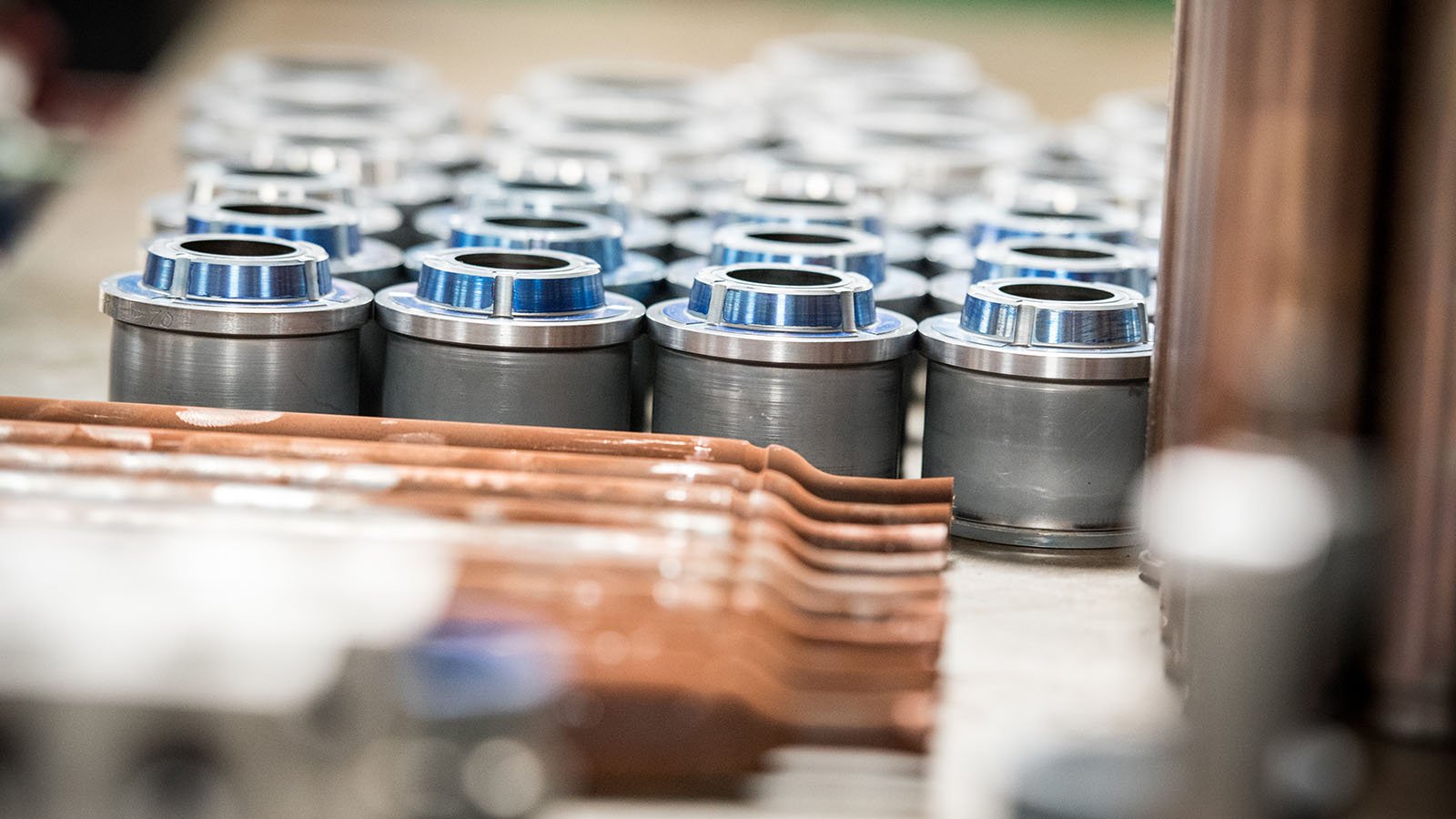There are a handful of different materials used for building injection molds. It’s important to understand the application of each and the associated pros and cons. These materials can be measured against each other with some basic but important criteria relative to the injection molding process.
First is the ability of the material to resist wear over time. This is a defining characteristic of the different mold classes. Materials with higher hardness will resist wearing better than softer materials. In terms of injection molding, wear comes from the operation of the mold and the flow of molten plastic. This is particularly important when looking at the type of material that will be molded. Materials with high levels of fiberglass, for example, will wear out a mold much faster than non-filled materials. It’s also possible to use various coating options to help surface hardness and wear.
Second is the material’s thermal conductivity or its ability to transfer heat. Typically at least half of the injection molding cycle is dedicated to cooling the plastic inside the mold. If a material has higher thermal conductivity, it can move heat from the plastic to the cooling system faster. This will yield faster cycle times and hence lower production costs.
The third aspect is the total cost to produce and maintain a mold built with a particular material. This can be represented by understanding the raw cost of material, the amount of machining it takes to get to a finished product, and the amount of maintenance that will be required after manufacturing. For example, softer materials may be easier to produce but may require significant long term maintenance costs associated to wear.
Knowing these characteristics of the different materials, we can apply them on a case by case basis to match a material to the job. Understanding these and proper planning is a critical first step for an injection molding project. Below is a list of common materials used for building injection molds as well as some of the pros and cons of each.
- Aluminum
- P-20
- H-13
- SS420
- S-7
- Beryllium / Copper Alloys
Aluminum
Due to ease of machining, aluminum is a great fit for short-run production tooling, prototyping, or large molds. Aluminum also has high thermal conductivity compared to steel. The downside of aluminum is poor wear resistance. In molding applications requiring high production volumes, aluminum molds do not last or would require significant long term maintenance costs. There are some coating available to create a higher level of surface hardness. These coatings extend the life of aluminum tooling but do not qualify it for high volume production molding.
P-20
P-20 is a pre-hardened steel made for the molding industry. It is much tougher than aluminum and can stand up to strain of higher volume production. Since it is pre-hardened, tool builders get a balance of toughness with the simplicity of manufacturing. With the right equipment, P-20 is easy to machine but does not require heat treatment. Therefore, it can be machined to size and will not require any secondary machining. P-20 is also used on larger molds where heat treating isn’t practical.
H-13 & SS420
H-13 and 420 stainless steels are used for high volume injection molding applications. They are soft to start, so they are easy to machine but will then require heat treating. This adds a few extra steps in the manufacturing process where the material needs to be machined twice. Once before heat treat and once after. Using the right equipment, machining after heat treatment is only moderately difficult but can be time-consuming and wears out cutting equipment faster. These added manufacturing steps raise the initial investment in tooling but also yield some of the most wear-resistant molds.
S-7
Like H-13 and SS420, S-7 is rough machined, heat treated, and final machined. S-7 is more stable during heat treatment compared to H-13 and SS420, so it can be machined closer to final size, which saves post heat treat processing. It’s common to make inserts, lifters, and other components out of S-7. Especially those that may be difficult to re-machine after heat treat.
Beryllium & Copper Alloys
There are a few different versions of these alloys available to mold builders. Generally speaking, they are about as tough as P-20 in terms of resistance to wear. However, they have 2-3 times the thermal conductivity of P-20. These alloys strike a good balance between wear resistance and thermal conductivity but cost more than the other materials. Because of this, it’s common to use the material selectively. Molds may be inserted with pieces of these materials to help draw heat out in specific areas in a plastic part.
There are many other materials available, but this shortlist represents the most common ones. As you can see it’s important to choose the right material for your molding application.


